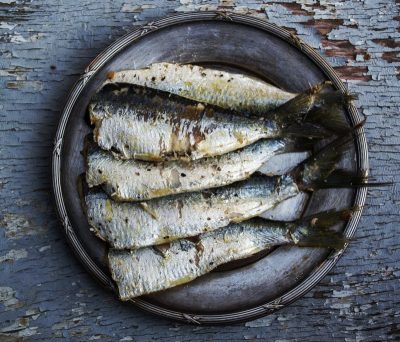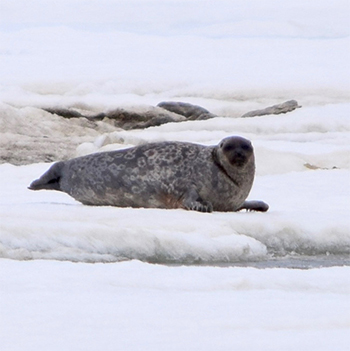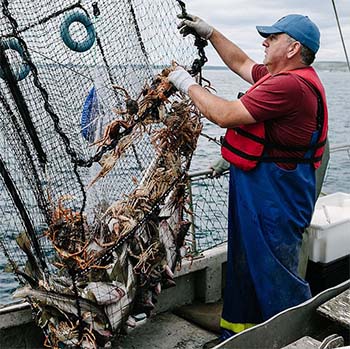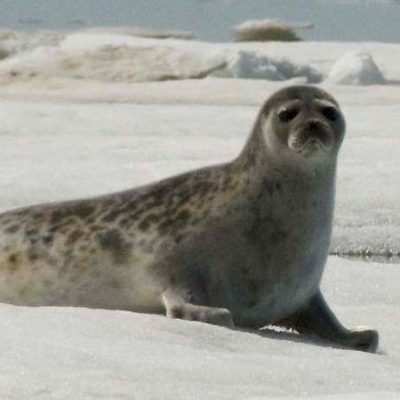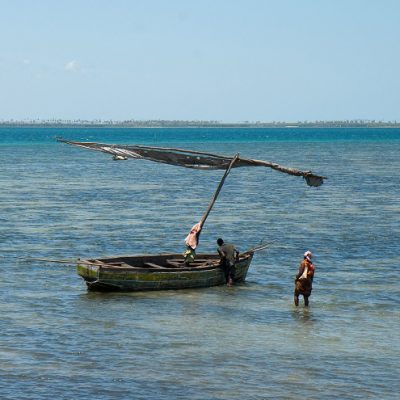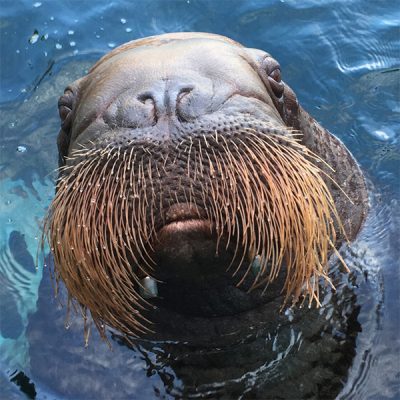Dr. Daniel Pauly’s extraordinary life and work revealed in new book
Dr. Daniel Pauly is the world’s most-cited fisheries scientist, but life for the UBC professor has been far from easy. Now, readers can learn more in his biography, The Ocean’s Whistleblower.
Global demand for aquatic foods set to nearly double by 2050
Improvements to aquaculture production, lower prices, and changing cultural preferences expected to drive up demand for fish, seafood and seaweed, according to new research.
Climate change creates ‘double jeopardy’ for fish-dependent countries, finds first study of its kind
A new study highlights the importance of collective action to boost resilience across all aquatic food systems to stave off the worst effects of climate change.
Food for seals and other Arctic predators is shrinking — literally
Unchecked climate change may leave some Arctic predators, such as seals and whales, surviving off of marine “junk food”.
Kyra St. Pierre wins Banting Fellowship
The fellowship, for postdoctoral fellows, is to develop recipients’ leadership potential and is granted based on the applicant’s research excellence, the quality of their proposed research, and the match between the applicant and the strategic priorities of their academic institute.
High cod catches could have been sustained in Eastern Canada for decades, simple stock assessment method shows
The assessment model demonstrated that if Canadian authorities had allowed for the rebuilding of the stock of northern Atlantic cod off Newfoundland and Labrador in the 1980s, annual catches of about 200,000 tonnes could have been sustained.
PROFILE: Using mathematical ingenuity to solve ecological puzzles
“Ecology has a lot of difficult data to handle, and a big part of my research is developing new statistical methods to tackle these problems,” says Dr. Marie Auger-Méthé.
As fishing effort grows, catches decline in the Mozambique Channel region
Researchers found that effective small-scale fishing effort in the entire Mozambique Channel region grew slowly but steadily from around 386,000 kWdays in 1950 to around 23 million kWdays by 2016, with Mozambique and Madagascar dominating the upward trend.
‘Sticky questions’ raised by study on coral reefs
Study found coral in more polluted and high traffic water handled extreme heat events better than a more remote, untouched reef.
Sea lions and walruses in managed care reveal how wild animals handle environmental disturbance
Knowledge about resting metabolic rates or energy expenditures can lead to big, meaningful changes for the conservation of wild animals.

